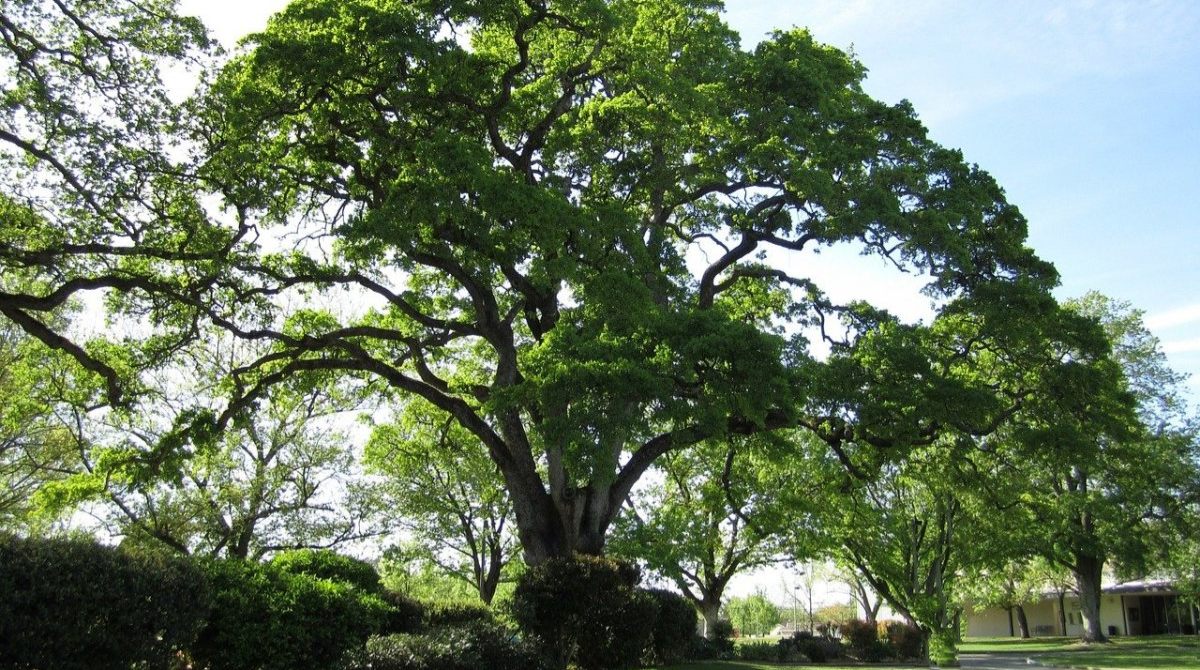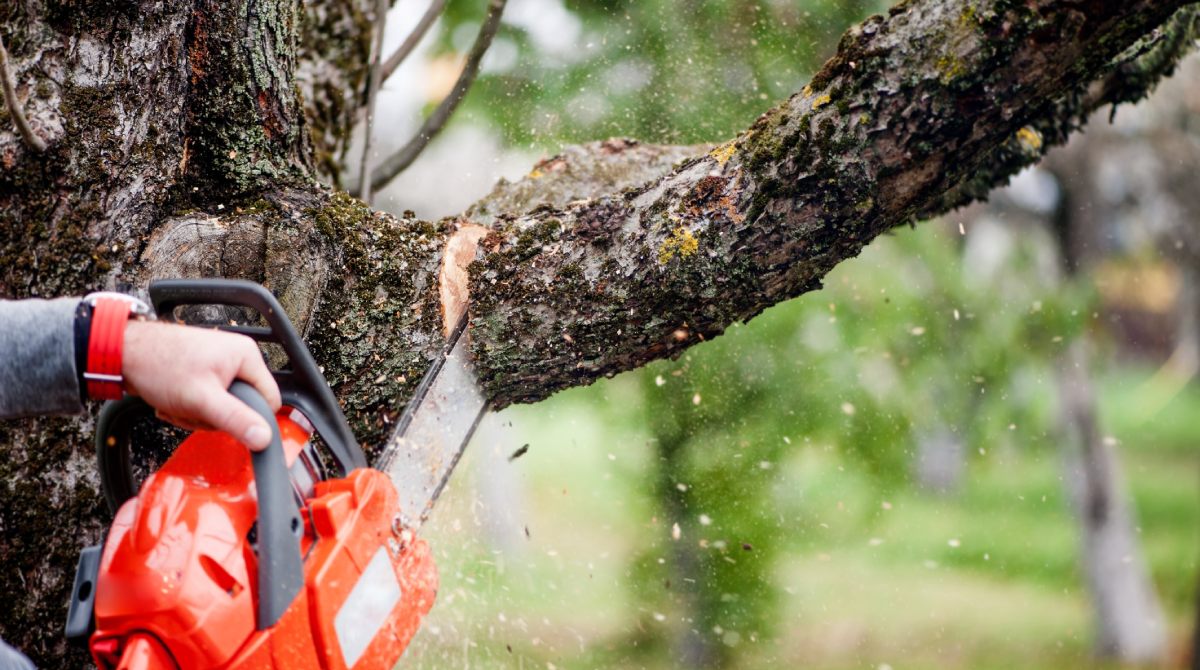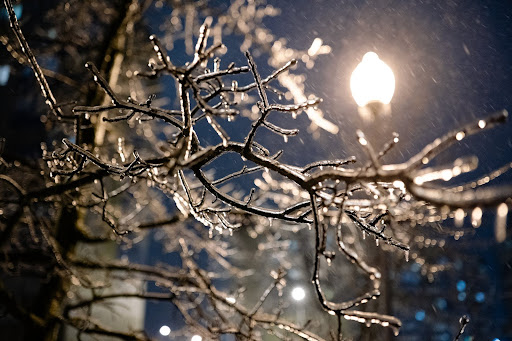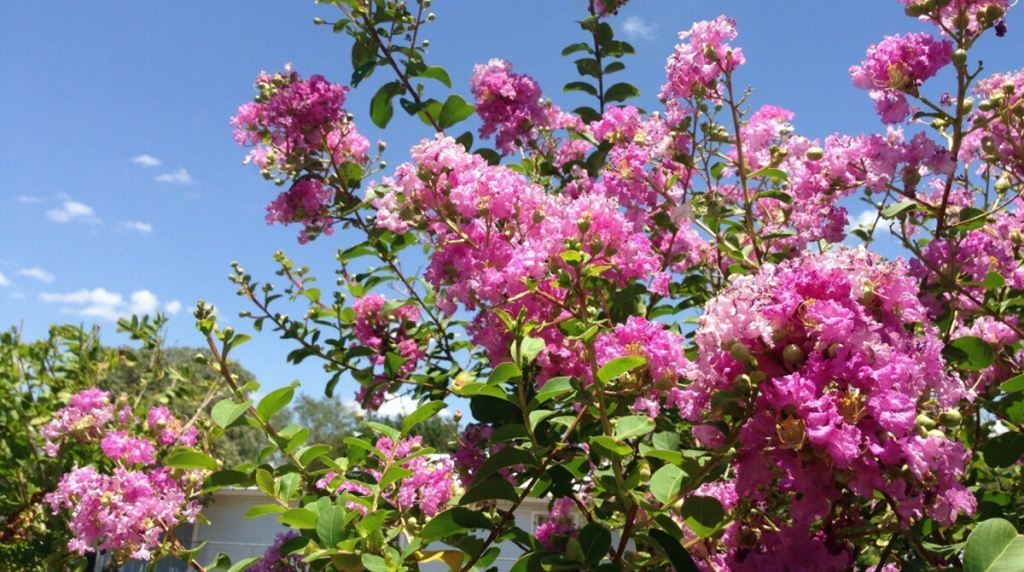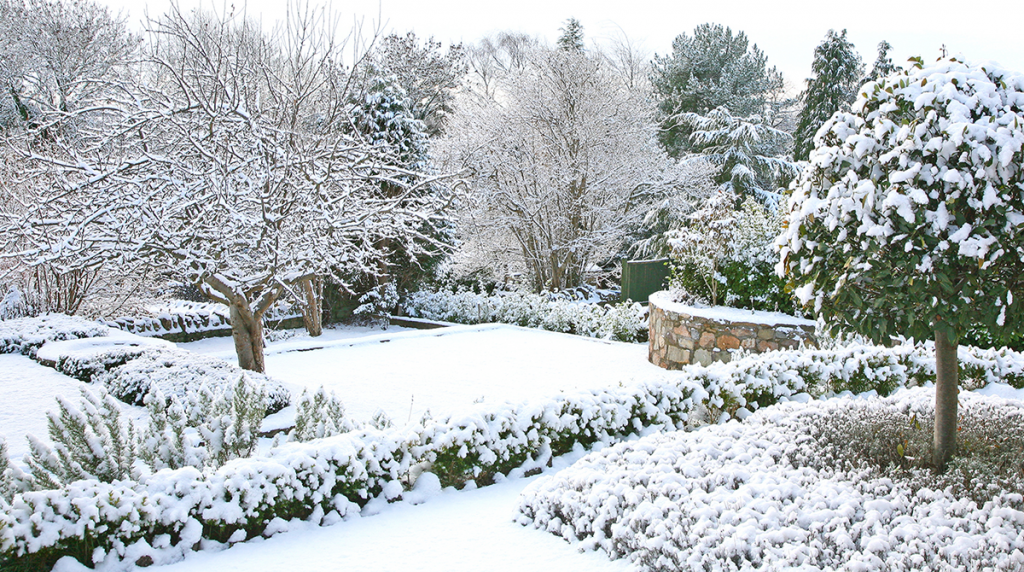
Is Winter a Good Time to Plant Trees?
Date February 19, 2021
Category
When the weather is cold and gray, going outside to plant a tree might be the last thing on your mind. You might think waiting until Arbor Day in April when everything is warm, green, and blooming is a far better option. So maybe you will be surprised to learn that spring isn’t the ideal time to plant trees in North Texas. Instead, late winter is one of the best times to produce a new tree. Read on to find out why.
Why isn’t spring the best time to plant trees in Texas?
We don’t have to tell you that Texas summers are pretty brutal. If you’ve been around long, you already know. That relentless heat and drought aren’t just tough on people and animals; they’re tough on our plants and trees as well.
When a tree is first planted, it experiences what we call “transplant shock,” which is exactly what it sounds like. Hey, moving is stressful! Even trees hate it. There are ways to minimize transplant shock, and we’ll get to those in a minute. The first is by giving your new tree plenty of time to recover and establish itself in its new environment before the sweltering summer temperatures set in full blast. Otherwise, it could be the first and last summer your new tree experiences on your property.
So when is the ideal time to plant a tree?
In North Texas, the ideal time to plant a tree is during fall after leaf drop or late winter before bud break. Keep in mind, the best time for planting may vary depending on the tree, so do some research regarding the tree you hope to plant to be sure. In general, however, the best time to plant a tree is when they’re dormant.
Trees expend a lot of energy when they leaf out in the spring. During their dormant season, they can use that energy to grow their roots instead. Dormancy doesn’t mean the tree is entirely inactive. During the winter, trees still grow their roots and collect water and nutrients from the soil. This is an essential part of a tree’s life cycle. The more time your tree has to do those things before the spring and summer, the better it will thrive in its early years.
Winter care for your new tree
If you just planted or have plans to plant a tree this winter, here are some winter tips and ideas from our professional winter tree care experts to reduce transplant shock and help your new tree thrive:
Watering new trees in winter
The best thing you can do for your newly planted tree is to make sure it has plenty of water to kick start a healthy life. Once you plant your tree, keep the soil moist but not water-logged. During the fall, winter and spring – depending upon site location, soil type, drainage, and rainfall – a tree should get five gallons of water per week per caliper inch. To determine the caliper inch, measure the trunk’s diameter six inches from the ground. Once summer arrives, increase the amount of supplemental watering to ten gallons per caliper inch. Water your trees twice a week to give the soil time to dry between watering. During a week of heavy rainfall, skip the supplemental watering. Over-watering can kill a newly planted tree, so be wary of water sitting at the planting hole base.
Mulching provides winter protection.
During the winter, mulch acts as a protective blanket over your tree’s roots and can protect the sources from suffering tree root damage due to dry, cold temperatures. Mulch keeps the soil moist and warm, so putting down a fresh layer of mulch around the base of your trees can make a huge difference in protecting your trees against the winter climate. Just be careful not to use too much mulch and create what arborists call a “mulch volcano.” Over-mulching can cause the roots to grow up around the base of the tree and choke it. When you mulch, make a layer about two to four inches thick. Spread the coating around the tree’s base, starting a couple of inches away from the trunk, going out in all directions about three or four feet.
Covering young trees
If temperatures are projected to dip below 35 degrees, you should consider covering any saplings in your yard, so they don’t get frost damage. Frost damage can cripple the growth of new shoots. If temperatures are forecasted to reach freezing temperatures at night, followed by warmer, sunny weather during the day, you should cover your saplings. When a tree’s bark freezes, followed by exposure to direct sunlight, it can result in young trees’ sunscald. Although mature trees aren’t as susceptible to the effects of sunscald, it can be fatal for young trees. Even if it doesn’t kill your tree, it could permanently damage the bark and compromise the tree’s health.
To cover your sapling, drape a protective material over it. This allows your tree to conserve the soil’s heat, ensuring that the cover is large enough to reach the ground. Use stakes or rocks to keep the body secured to the ground. If you can, avoid using heavy plastics. You’ll need something breathable to allow moisture to ventilate, like a burlap or a sheet. Alternatively, you can use cardboard boxes, tubs, or trash cans, if they’re large enough.
Tree pruning tips
Not only is winter a good time for planting, but it’s also a good time for pruning. Pruning during a tree’s dormant season causes less stress to the tree. However, if you have a newly planted tree, you might need to wait a little while before any serious pruning. After a few years of establishment, young trees need to be pruned and trimmed to develop the correct structure during their juvenile stage of approximately 10 years. However, this needs to be done in a very particular way, so consider working with a certified arborist tree service that understands proper structural pruning and other healthy pruning techniques.
TreeNewal can help
If you have questions about winter tree health, TreeNewal can help with your yearly tree care needs. Our certified tree experts are available to help with tree pruning and winter tree trimming, tree planting, soil maintenance, insect and disease management, and much more. If you have a dead or dying tree in your yard, TreeNewal can be your winter tree removal service as well. We provide expert tree care all year round. For more information about winter tree care, visit our website at treenewal.com, or call us today at tel:(817) 592-6846 to book an appointment.
To learn more about Is Winter a Good Time to Plant Trees?, Healthy Trees, call our Argyle and Southlake-based teams at tel:(817) 592-6846 or send us a message.
We’re a little different than the average tree services company.
Learn more about TreeNewal’s ISA Certified Arborists!
Our Dallas/Fort Worth-based tree doctors can explain how sustainable tree care services add more value to your bottom line.
Healthy trees, healthy lives.
